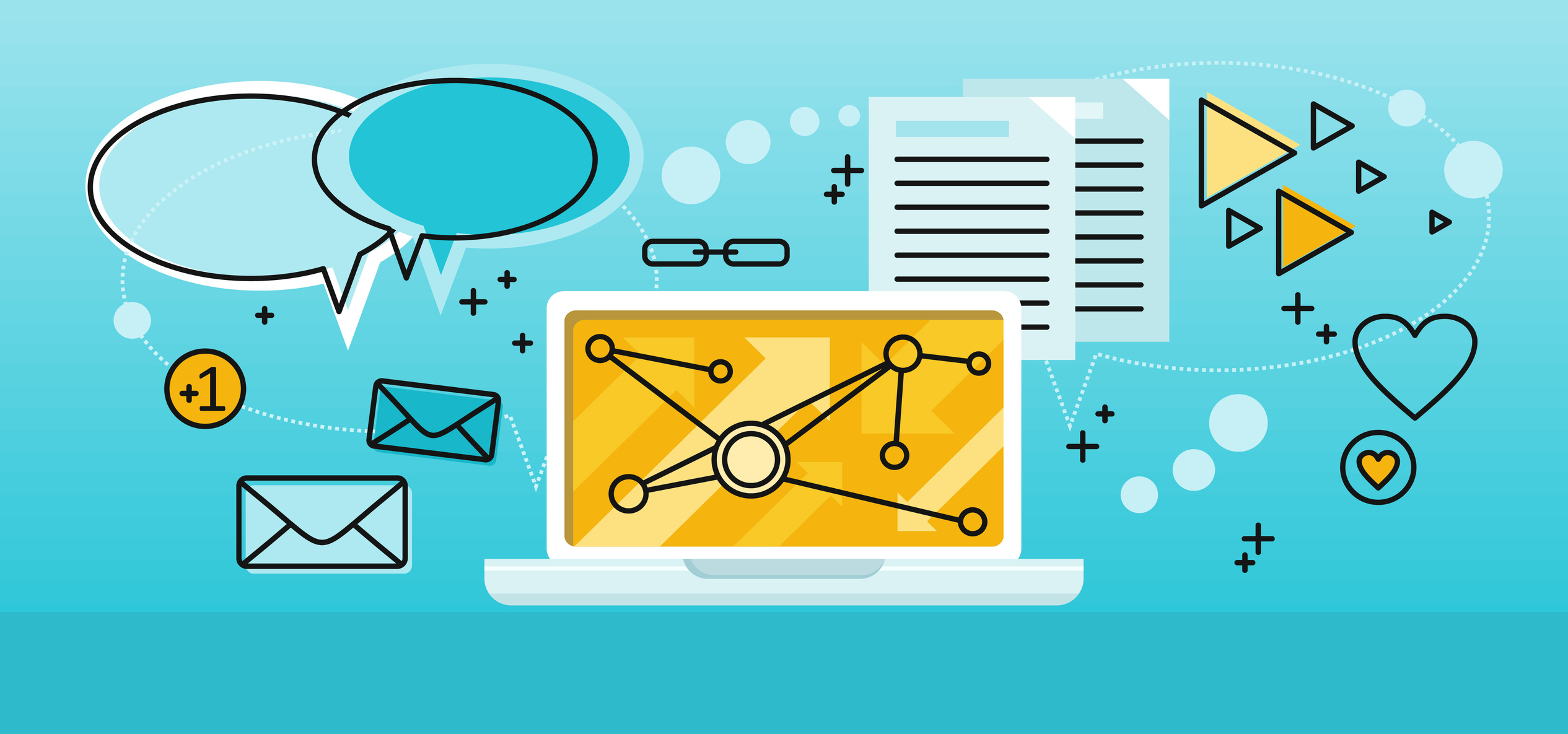For tech startups operating with limited resources, an Minimum Viable Product (MVP) provides an economical and low-risk method to test their ideas with investors and early users. It serves as a vital learning tool, delivering key insights into effective features and potential areas for adjustment, guiding subsequent development.
By concentrating on the core functionalities that address customer needs, startups can steer clear of the pitfalls of overextending and misusing resources.
The value of an MVP extends beyond mere product development; it is about encouraging innovation, adapting swiftly, and stimulating growth through ongoing enhancement and learning.
What is a Minimum Viable Product?
A Minimum Viable Product (MVP) is a foundational concept in the realm of startup development, particularly within the technology sector. It refers to the version of a new product which allows a team to collect the maximum amount of validated learning about customers with the least effort. This definition stresses the importance of minimalism and focus, aiming to create a product with just enough features to attract early adopters and validate a product idea early in the product development cycle.
The distinction between a full product and an MVP is primarily in scale and functionality. A full product comes with all the features envisioned for the final version, polished and fully developed after multiple iterations and feedback cycles.
In contrast, an MVP includes only the core functionalities necessary to make it viable and functional for early users. This strategic limitation allows developers to launch faster, test assumptions, and learn how the market responds without committing excessive time and resources.
Key Characteristics of an Minimum Viable Product
Understanding and effectively implementing an MVP can drastically alter a startup’s trajectory, allowing them to adapt quickly and focus on creating a product that truly resonates with their target audience. This approach not only saves time and resources but also significantly enhances the chances of a product’s success in the market.
- Core Features Only: An MVP focuses on the essential features that solve the main problem for customers, omitting any that are nice to have but not necessary.
- Customer Feedback: It is designed to start the learning process as quickly as possible, with initial feedback used to iterate and refine the product.
- Iterative Development: An MVP is not a one-off release but a base on which to build further developments. It evolves based on user feedback and changing market conditions.
- Cost Efficiency: Developing an MVP requires significantly less capital and time than a full product, making it ideal for startups that need to manage their resources wisely.
- Speed to Market: An MVP enables startups to reach the market quicker than if they waited to perfect a full-featured product, providing a competitive advantage.
Purpose of an MVP
The development of a Minimum Viable Product (MVP) serves several strategic purposes that are critical to the success of startups, particularly in the technology sector. Understanding these purposes can help startups more effectively use MVPs to their advantage.
Faster Feedback Loop from Early Adopters
One of the primary advantages of an Minimum Viable Product is the ability to establish a rapid feedback loop with the target market, specifically early adopters. These are the users who are most likely to try out a new product and provide valuable insights.
An MVP allows these critical first customers to use the core functionalities of the product and give feedback on their experience. This feedback is essential for identifying what resonates with users and what aspects need adjustment. It enables startups to make iterative improvements to the product, enhancing user satisfaction and increasing the likelihood of widespread adoption.
Minimized Development Costs
Developing a full-featured product without validating its market demand can lead to significant financial losses. An Minimum Viable Product mitigates this risk by requiring less financial outlay upfront.
By focusing on the essential features only, startups can allocate their limited resources more efficiently. This approach not only keeps development costs low but also allows for flexibility in budgeting for future iterations of the product based on the feedback received from the initial launch.
Verification of Market Demand
Launching an MVP is an effective way to test the market's reaction to a new product without fully committing to its development. This process is crucial for verifying if there is a genuine demand for the product and if the product idea is viable.
If the MVP gains traction, it confirms that the market sees potential value in the product, warranting further investment and development. Conversely, if the MVP does not perform as expected, it provides a relatively low-stakes opportunity for the startup to pivot or reevaluate their product strategy without significant losses.
Overall, the purpose of an MVP extends beyond just the initial development of a product. It is about building a strategy that incorporates feedback, cost efficiency, and market validation into the development process. This strategic approach helps startups avoid common pitfalls and positions them for greater long-term success.
How to Prepare a Minimum Viable Product
Preparing a Minimum Viable Product (MVP) involves several critical steps, each aimed at ensuring that the product effectively meets the needs of early users while remaining resource-efficient.
Identifying Core Features
- Focus on the Problem Being Solved: Begin by clearly understanding the problem your product intends to solve. This clarity helps in focusing the MVP on the aspects that are absolutely necessary to provide a solution.
- Prioritize Features Based on User Value: Identify which features will deliver the most value to your users. Engage in discussions with potential users or conduct market research to understand their needs. The goal is to prioritize the development of features that directly address these needs and are critical to the product's core functionality.
Designing the Minimum Viable Product
- Simplify Design to Focus on Key Functionalities: The design of your MVP should be simple and focused. Avoid the temptation to add unnecessary features that do not contribute to the primary function. A clean and straightforward design helps users to understand and use the product more effectively.
- Use Design Tools and Resources Suitable for Startups: Leverage design tools that are cost-effective and easy to use. Many cloud-based design tools offer free tiers, which are particularly suitable for startups looking to minimize upfront expenses.
Building the MVP
- Agile Development Methodologies: Adopt agile development practices to build your Minimum Viable Product. This approach allows for flexible planning, progressive development, early deployment, and constant improvements, which are ideal for MVP development.
- Tools and Technologies for MVP Development: Choose development tools and technologies that allow rapid prototyping and easy changes. Tools like lean software development frameworks, and platforms such as Node.js or Ruby on Rails, can be particularly effective.
Testing and Iterating
- Gathering User Feedback: Once the Minimum Viable Product is developed, launch it to a select group of users for testing. The feedback collected from this group is crucial for understanding the product's strengths and areas for improvement.
- Techniques for Effective User Testing: Implement structured testing techniques such as A/B testing, user interviews, and usability tests. These methods provide insights into how real users interact with the product and highlight potential improvements.
Launching the MVP
- Strategies for a Successful Launch: Plan your launch to maximize exposure and feedback. This might involve selecting the right time, marketing channels, and key messaging that resonates with your target audience.
- Important Metrics to Monitor Post-Launch: Identify key performance indicators (KPIs) relevant to your MVP, such as user engagement, conversion rates, and feedback scores. Monitoring these metrics will help you gauge the MVP’s impact and guide further development.
Additional Considerations
While the primary focus of developing a Minimum Viable Product (MVP) is on creating a functional, market-ready product with the least amount of features needed, there are additional considerations that startups must address to ensure long-term success and scalability.
Legal and Intellectual Property Concerns
- Protecting Your Ideas: Before rolling out an Minimum Viable Product, consider the legal implications and the importance of protecting your intellectual property. This might involve patenting unique innovations or trademarking your brand name to prevent others from capitalizing on your ideas.
- Compliance and Regulations: Ensure that your MVP complies with all relevant laws and regulations applicable to your industry. This includes data protection laws, especially if your MVP collects user data. Non-compliance can lead to legal issues and damage your company's reputation.
Budgeting and Funding for MVP Development
- Realistic Budget Planning: Developing an MVP requires careful financial planning. Create a realistic budget that covers all aspects of development, from initial research to technology acquisition and marketing. This budget should also account for the iterative processes of testing and refining the MVP.
- Securing Funding: Depending on the scale of the MVP and the resources available internally, you may need to seek external funding. This can come from various sources, including angel investors, venture capitalists, or crowdfunding platforms. Effective pitching and demonstration of the potential market impact of your MVP are crucial to securing these funds.
Scaling from MVP to Full Product
- Planning for Scalability: From the outset, design your MVP with scalability in mind. This means using technologies and architectures that can grow with your user base and product features. Consider factors like database management, server capacity, and integration capabilities.
- Feedback Incorporation: As your MVP evolves based on user feedback and market demands, plan for the transition to a full-scale product. This includes expanding features, enhancing the user interface, and improving backend systems to support a larger user base.
- Continuous Improvement: Even after transitioning from an MVP to a full product, the process of improvement should not stop. Continuous development based on ongoing user feedback and market trends is vital to maintaining relevance and competitiveness in the market.
Checklist for Building a Minimum Viable Product (MVP)
To streamline the process of developing a Minimum Viable Product and ensure no critical steps are overlooked, below is a comprehensive checklist that startups can follow:
- Define the Core Problem: Clearly articulate the main problem your MVP is designed to solve.
- Identify Target Users: Determine who your early adopters will be and understand their needs and behaviours.
- Select Key Features: Choose the essential features that address the core problem and provide the most value to your users.
- Develop a User Journey: Map out the user's interaction with your MVP from start to finish.
- Create a Prototype: Build a simple, functional prototype that incorporates your selected key features.
- Choose the Right Technology: Select technology stacks and tools that are suitable for rapid development and future scalability.
- Develop the MVP: Follow agile methodologies to build the MVP, allowing for iterative improvements based on feedback.
- Test Internally: Conduct thorough internal testing before releasing the MVP to external users.
- Launch a Pilot Test: Release your MVP to a limited audience to gather initial feedback and understand user reception.
- Collect and Analyze Feedback: Use tools and techniques to collect feedback effectively and analyze the data to identify trends and common issues.
- Iterate Based on Feedback: Refine and adjust the MVP based on user feedback to better meet their needs.
- Prepare for Scale: Ensure the architecture and infrastructure of your MVP can handle increased loads and expanded features.
- Develop a Full Marketing Plan: Plan a detailed marketing strategy for the full launch of your product, targeting a broader audience.
- Secure Intellectual Property: Consult legal professionals to protect any innovations, brand names, or unique aspects of your product.
- Plan for Funding: If necessary, prepare to pitch to investors to secure funding for scaling your MVP to a full product.
The Value of MVPs in Startup Success
The development of a Minimum Viable Product (MVP) is more than just a preliminary step in the launch of a new tech product; it is a strategic approach that maximizes learning while minimizing risk. By focusing on core functionalities and prioritizing feedback from early adopters, startups can effectively validate their product ideas and refine their offerings based on real user insights. This method not only ensures that resources are used efficiently but also significantly reduces the time to market, providing startups with a competitive edge in the fast-paced tech industry.
The benefits of an MVP are clear: it allows for rapid validation of business hypotheses, reduces development costs by avoiding the inclusion of unnecessary features, and facilitates a deeper understanding of the target market's needs and preferences. Furthermore, the iterative nature of MVP development fosters a culture of continuous improvement and adaptation, which is crucial for sustaining innovation and responsiveness in a dynamic market environment.
Given these advantages, tech startups are strongly encouraged to embrace the MVP approach. Start planning your MVP by clearly defining the problem you aim to solve, identifying the essential features that address this problem, and engaging with your target audience early in the process. This proactive planning and execution will not only enhance your product's fit to market needs but also lay a solid foundation for the future growth and scalability of your business.
Take the first step today—start conceptualizing your MVP, gather your team, and prepare to enter the market with a product that truly resonates with your users. The journey of building a successful product begins with a well-planned MVP, and the rewards, both in learning and market potential, are well worth the effort.




